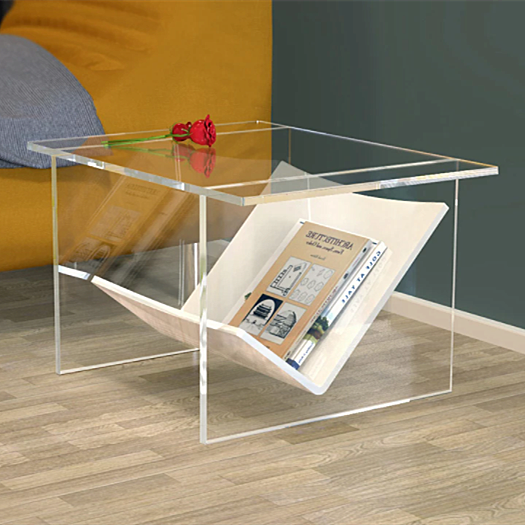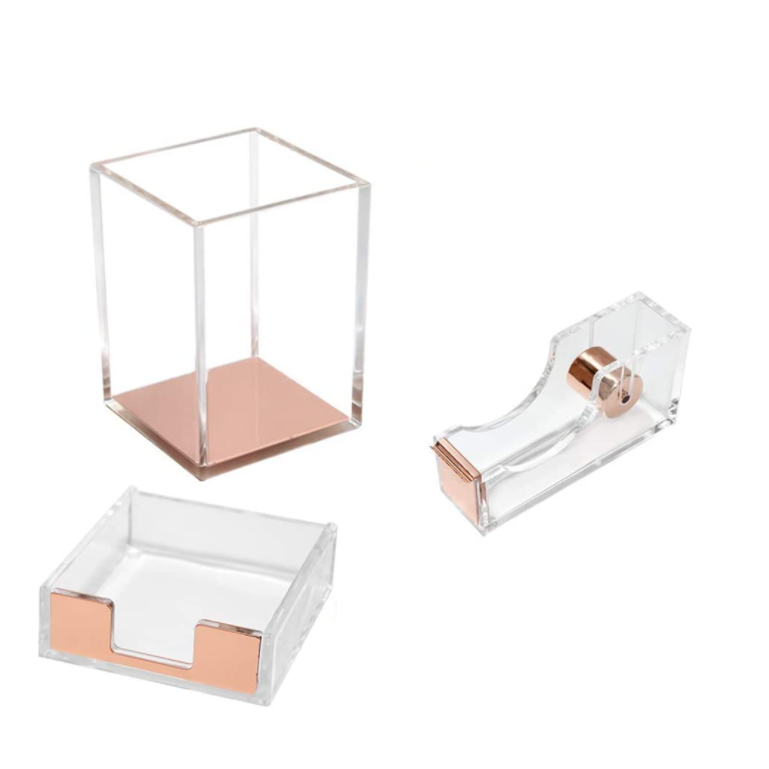The British painter is still in his studio, 365 days a year. In a late turn to self-portraiture, he has turned his scrutiny on himself.
In a Victorian house in North London on a recent afternoon, Frank Auerbach, one of Britain’s foremost painters, was working in his spartan, paint-spattered studio with a vigor belying his 91 years. The face of a self-portrait in charcoal, begun that day, looked out from an easel next to him with a mixture of vulnerability and stoicism. It was an impressive start, but the drawing was destined to be erased and recommenced, perhaps 50, a hundred times or more — like all Auerbach’s works. Serving Tray Factory

“It’s been going on like that for the last 70 years,” the reclusive artist said. “I’ve found myself simply not being able to accept what had come out on the canvas or the paper,,” he said. That process of destroying the works and trying again and again involved “a lot of swearing, a lot of anger, a lot of moaning,” Auerbach said. “I start always in the hope of picking up my brushes, putting an amazing momentous image on the canvas, and finishing the painting — and it’s never happened yet,” he said.
This obsessive ritual of creation and destruction — scraping down oil or acrylic paint, rubbing charcoal away — was geared toward producing “the perfect image that is totally pure, totally powerful, totally true, totally new,” he said.
Since the 1950s, Auerbach has been producing intense portraits and vivid London landscapes in thickly encrusted paint, often depicting the same model or scene over decades. At one time, he had six regular models. Now he sees two a week, for two-hour stints: William Feaver, the author of a monograph on the artist, and Catherine Lampert, an art historian and curator. Feaver has been coming to sit for Auerbach for 20 years; Lampert for 45.
When the coronavirus pandemic stopped them from coming, Auerbach turned his scrutiny on himself, producing a suite of intimate self-portraits. Twenty of these recent paintings and drawings will be exhibited starting April 19 at Frankie Rossi Art Projects in London; it will be the first presentation of new work by Auerbach since 2015.
A new show by Auerbach is always significant: He is the last of a generation of British figurative painters that included Francis Bacon, Lucian Freud and Leon Kossoff. For 365 days a year, he is still at work in his studio. That might sound like a tall order for a 91 year-old, but it’s nothing of the sort, Auerbach said.
“It never seemed grueling to me because I find painting enormously entertaining and fascinating,” he said. And with the turn to self portraiture, he has found fresh inspiration.
“I was never terribly interested in my face before,” Auerbach said. “And now I’ve got bags under my eyes, and all sorts of interesting new configurations appear, I’ve found drawing myself an absolutely infinitely interesting activity.” Seen in person, the works in the show have a startling presence, conveying expressions that are by turn anxious, haunted, dignified and reflective, in charcoal and in fluid, brightly colored brushstrokes.
“The new self portraits are remarkable and surprising in their color, their form, in how far he’s constantly pushing the way that he works,” said Barnaby Wright, the deputy director of the Courtauld Gallery, who organized a 2009 show of Auerbach’s work there. “He seems to constantly be asking questions of himself, about what he’s seeing, what he’s feeling, and about the ability to capture that in fresh and authentic ways,” he said.
Some observers ascribe Auerbach’s drive to paint to his difficult childhood. Born in Berlin to a bourgeois Jewish family, the artist came to Britain as a refugee in 1939. His mother packed his suitcase with clothes for immediate wear and grown-up items like sheets and table linen. Clearly, she suspected the separation would be final.
He never saw his parents again. They were probably murdered at Auschwitz.
On arrival in England, the 7-year-old Auerbach was sent to Bunce Court, a progressive coeducational boarding school in the county of Kent that took in many pupils and teachers who were fleeing Nazi Germany. He remained there until he was 16, and then headed to London to study art.
Michael Roemer, another German refugee who was friends with Auerbach at Bunce Court, became an early collector of his works and went on to buy more than 20 of pieces. By phone from his home in the United States, Roemer, 95, said that he felt “a kinship of some kind,” with Auerbach and his work, adding that, as Jewish survivors of the war, “It had to do with being nobody and knowing it. I think Frank was compelled to paint. He had to prove his existence.”
In the postwar years, Auerbach found exhilarating subject matter in the bombed sites that still littered London, and evoked the city’s postwar reconstruction in dynamic compositions of thrusting diagonals and verticals balanced by geometric forms. Later, his focus shifted to portraying angular street scenes and city parks that seem convulsed in movement, animated by abstract slashes or sweeping zigzags.
His relief-like portraits from this period are dominated by Estella West, a widow with three children whom Auerbach met in 1948. For the next 25 years, West was Auerbach’s lover and model, sitting for him three nights a week. He invoked her in turbulent whorls of paint, picturing swollen heads with deeply sculpted eyes and full-length nudes in which West’s pale, curvaceous figure is engulfed by her surroundings. Later, he made portraits of other intimates, including his wife, Julia, a fellow artist whom he married in 1958, and Jake, the son they had together.
Auerbach’s paintings and drawings are visceral distillations of reality that emerge instinctively from a deep engagement with his subjects, rather than from a preconceived idea. “Very often I’ve finished something and found that it has some connotation, either sad or vigorous or cheerful, but I haven’t been aware of it at the time. All I’ve been aware of is the business of making,” he said, adding that he hates “pictures that try to persuade you of something. I don’t think they’re genuine art.”
Auerbach has swapped views on what makes a good painting with some of the most important British artists of the 20th century. Throughout the 1950s and 1960s, he developed competitive friendships with Bacon and Freud, spending time with them in the bohemian drinking dens of London’s Soho district. Auerbach recalled that Bacon was full of opinions, “some inane and banal, many of them absolutely inspired and illuminating.”
Bacon, who was already well established and enjoyed the good life, bought the younger artist many meals in swanky restaurants over 15 years, “until he got fed up with my work and I found his behavior also a little tiresome,” Auerbach said, pointing to Bacon’s tendency to disparage his friends’ paintings.
Auerbach’s friendship with Freud was more long-lasting, continuing until the older painter’s death in 2011. Freud took Auerbach to louche nightspots like the Playboy Club, collected his work and occasionally asked for Auerbach’s advice on a painting — which Auerbach said Freud often ignored.
Compared with those peers, Auerbach has had little exposure in the United States, with no institutional shows there and just a handful of gallery exhibitions, including a 2021 show at Luhring Augustine in New York. Better known in Europe, he represented Britain at the 1986 Venice Biennale, where he won the Golden Lion award jointly with the German artist Sigmar Polke.
Now, modern life barely intrudes on his studio. He has no A.T.M. card or credit card, doesn’t use the internet and never learned to drive. While some of his paintings sell for millions at auction, his work space is limited to necessities: boxes of paint, ink, scrapers, brushes, a trolley for mixing pigments, a chair for his sitters.
Dog-eared books on Picasso, Dürer and Rembrandt lie open on the studio floor. “It sounds incredibly soppy, but, in a sense, I’m conversing with them when I’m working,” Auerbach said. And it wasn’t just Western art history he looked to, he added: “It’s Aztec art, Egyptian art, African art; it’s infinite.”
Lampert, the art historian who has sat for Auerbach since 1978, said that during a session, Auerbach was on his feet the whole time. “In two hours he’s touching the canvas with his brush 95 percent of the time,” she added. “Even though I’ve sat for all these years, he’s trying to get to something he thinks is unexplored in me,” Lampert said.
“Frank’s company is terrific,” she added. “It’s not so much anecdotes — although he has a broad knowledge of poetry, art and experiences of life. It’s more his particular vitality.”
Feaver, Auerbach’s model for more than 20 years, said sometimes the artist was talkative during a sitting, asking about current exhibitions or art world gossip; other times, he worked in busy silence.
His regular sitters and a few family members now form the backbone of Auerbach’s social world, which has narrowed drastically with age. The days of carousing in Soho are long past, and even dining out holds little temptation, he said. “I’ve known some marvelous people, but as I’ve got older, sitting around the table and saying things no longer seems to me to be of any significance,” he said.
“The only thing that seems significant to me,” Auerbach said, “is what I’m trying to do when I’m painting or drawing.”
Frank Auerbach: Twenty Self Portraits

Slant Acrylic Sign Holder At Frankie Rossi Art Projects, London, April 19-July 14; frankierossiart.com.